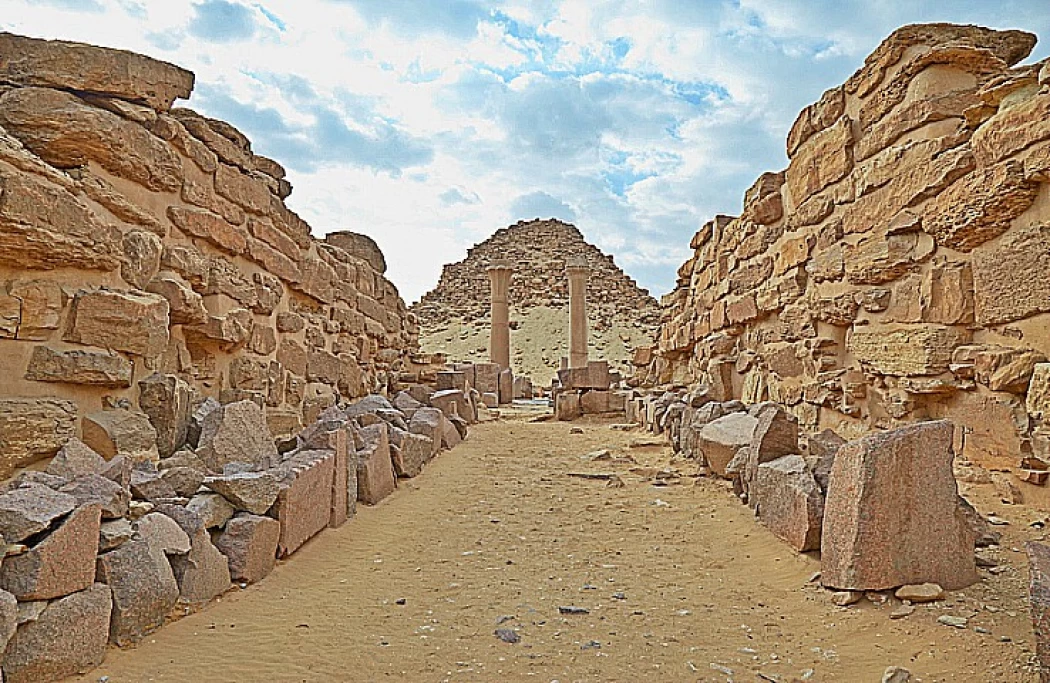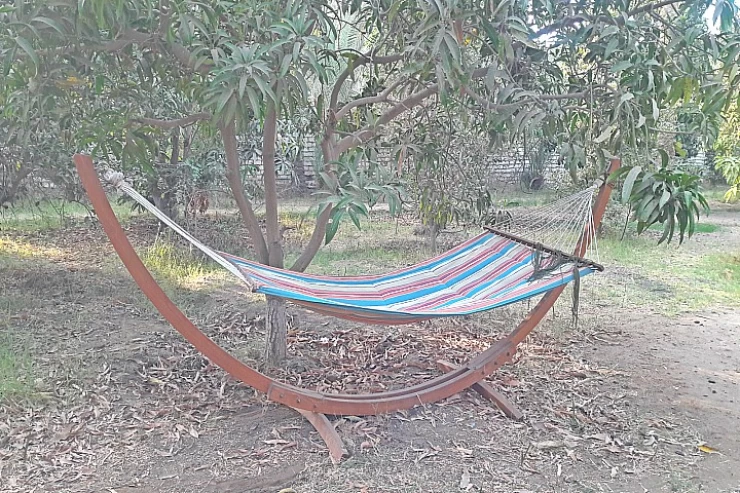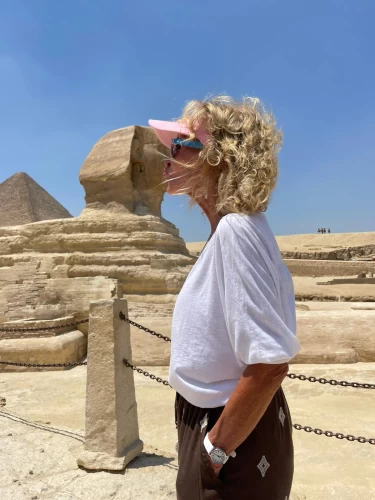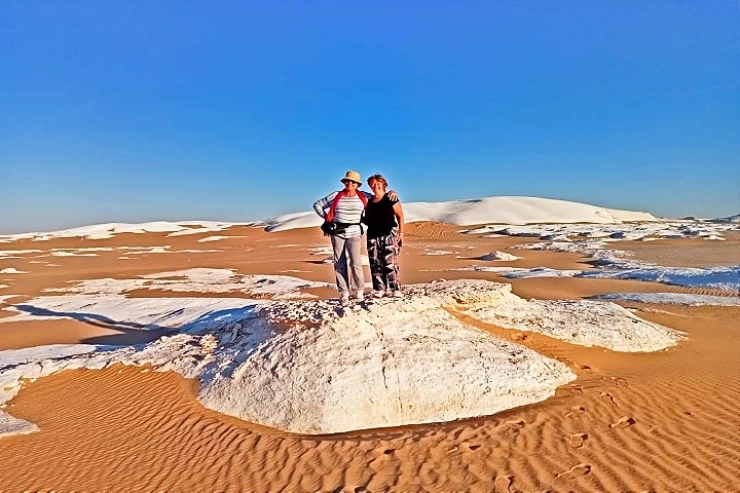
Abu Sir | Egyptian Necropolis
Abu Sir | Egyptian Necropolis
In the south of Giza Governorate, the centre of Badrasheen is located, which is followed by the village of Abu Sir, with its important monuments that bear witness to the ages of ancient Egypt, especially the era of the Fifth Dynasty, which was one of the necropolises of Manif, the capital of ancient Egypt, which derived its name from the name of the idol ‘Osir’ and called the name of the temple to the entire area, which meant a centre of worship of the god Osir and became pronounced ‘Busir’ in Coptic, then a letter was added at the beginning of the name to improve and facilitate pronunciation.
Abu Sir is three kilometres from the Step Pyramid of King Djoser, the founder of the Third Dynasty. De Morgan's excavations in 1883 were one of the first excavations conducted in Abusir until the end of the 19th century, followed by the German archaeologist Burkhardt's excavations in 1902-1908 AD, which began to discover the archaeology of this area and indicate the greatness of the Pharaonic dynasty that lived in this city.
Abu Sir, by virtue of its location, was able to attract the attention and interest of the kings of the Fifth Pharaonic Dynasty, in the period from 2560 to 2420 BC, with the first king of that dynasty, King ‘User Kav’, the first temple of the sun in the Abu Sir area, which is expected that every king of that dynasty would have built his temple in that area, but until today only two temples have been found, one for King User Kav, and the other for King ‘Ni-War-Ra’, the third king of that dynasty.
In addition, the daughter of King Sahu-Ra chose this area to build his funerary complex and his pyramid, which is considered the first pyramid built in Abu Sir. He was followed by King Nefer Kar, who built his pyramid a short distance from the pyramid of King Sahu-Ra, until the area was abandoned as a royal cemetery. Archaeological expeditions discovered the missing pyramid, and excavations revealed that this pyramid was the real tomb of King Nefer F-Ra.
One of the most important monuments in the Abu Sir area is the pyramid of King Sahu-Ra, who ruled for fourteen years after King Oser-Kav, and built his pyramid in the northernmost part of this area, which includes a funerary temple and at its end a valley temple that was destroyed as a result of its use as a quarry in previous eras.
In close proximity to King Sahu-Ra, King Nefer Er-Kare, the third king of that dynasty, built his pyramid group, which is similar to that of King Sahu-Ra, but on a larger scale, but he did not live long enough to complete this construction, so his successor on the throne completed this construction, but with adobe bricks. His pyramid is considered one of the largest pyramids in that region, with a height of about 70 metres and a side length of 106 metres.










-webp.webp)







